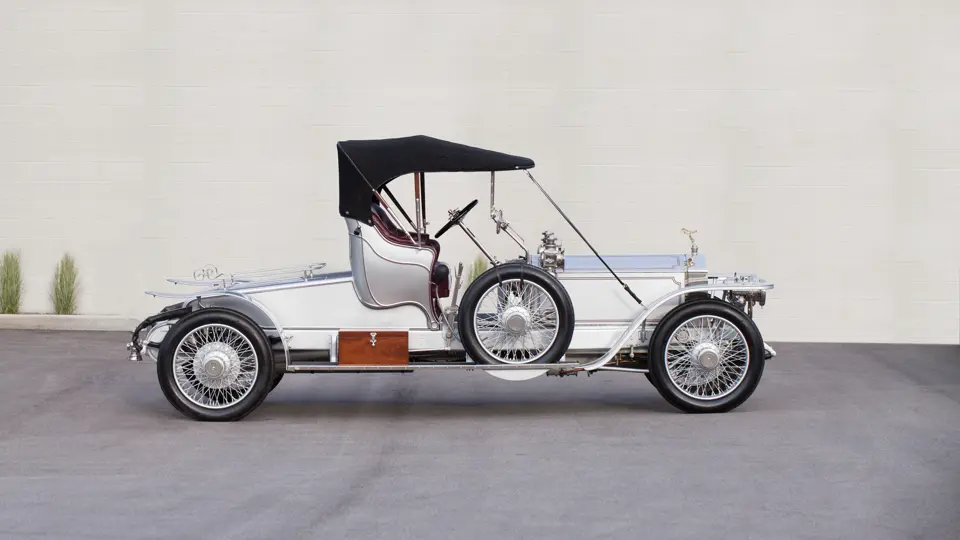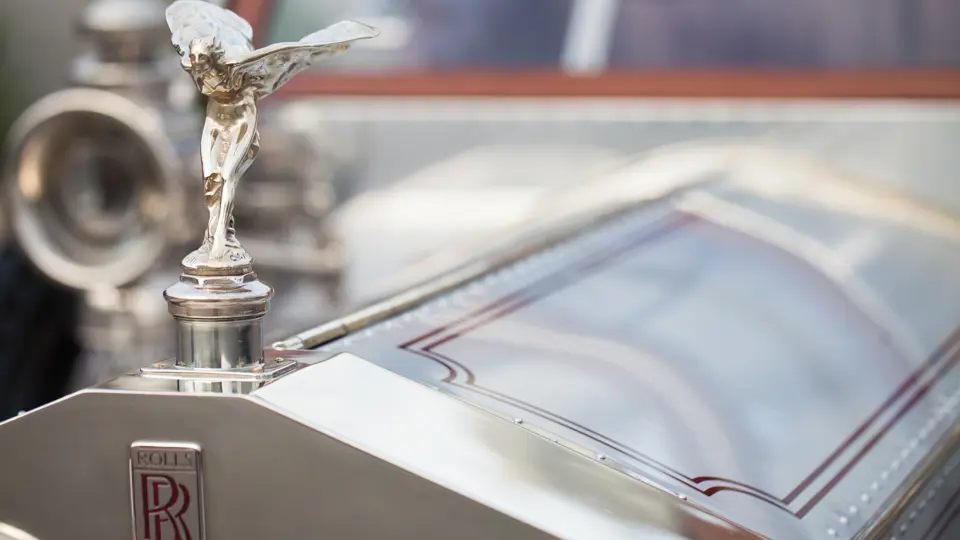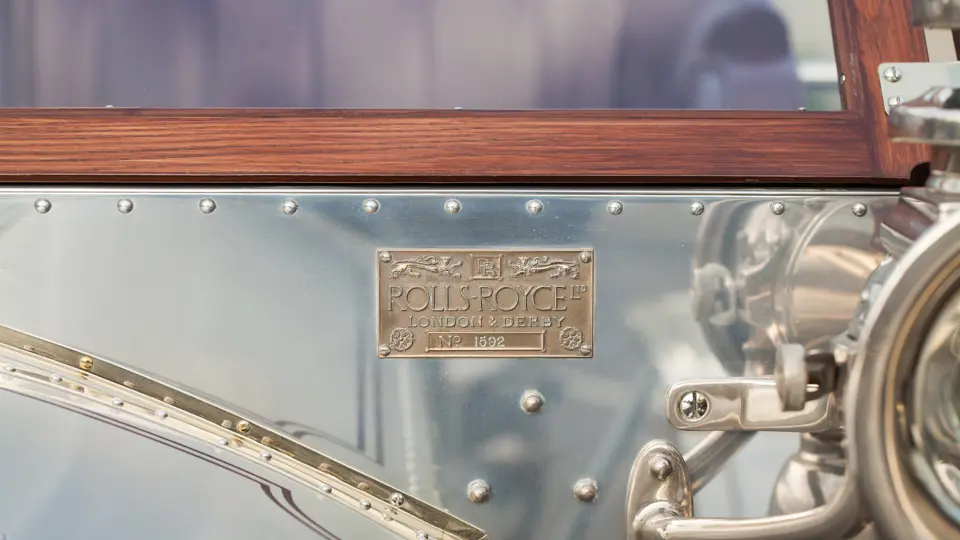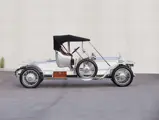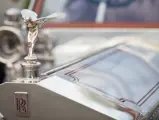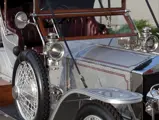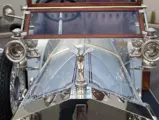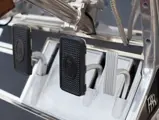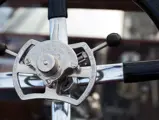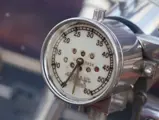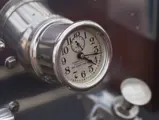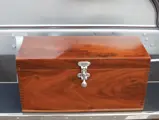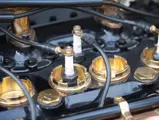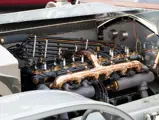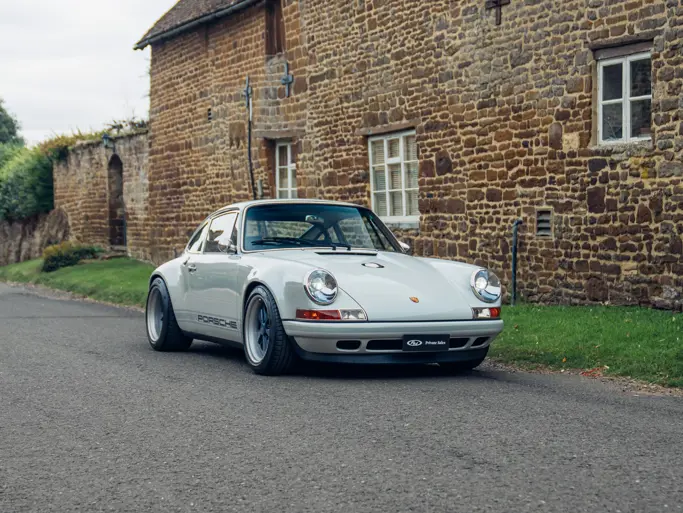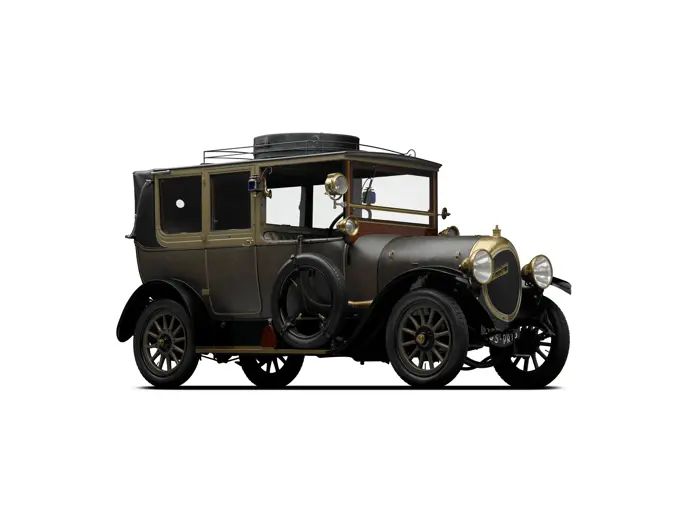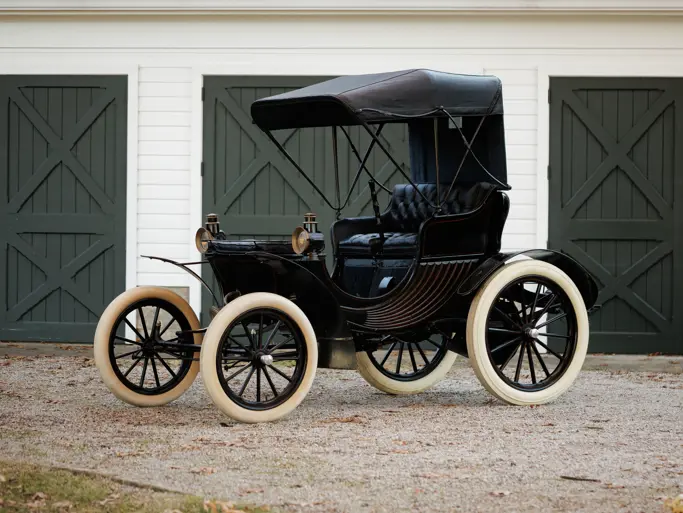
1911 Rolls-Royce 40/50 HP Silver Ghost Roadster in the style of H.J. Mulliner
{{lr.item.text}}
$1,017,500 USD | Sold
{{bidding.lot.reserveStatusFormatted}}
- Stunningly restored in 2002 by a noted expert
- Multiple award winner, including RROC Best of Show
- An evocative, fascinating “parallel bonnet” Silver Ghost
48 bhp, 7,248 cc side valve six-cylinder engine cast in pairs, three-speed manual gearbox, front semi-elliptic leaf-spring suspension, rear three-quarter elliptic leaf-spring suspension, and foot-actuated transmission-mounted service brake with hand-operated two wheel drum brakes. Wheelbase: 143.5 in.
Created in 1906, the Silver Ghost was, at the time, the most advanced automobile money could buy. At a time when cars were either powerful or refined, agile or sturdy, fast or comfortable, the Silver Ghost was all of that and more.
Credit for the inherent capability of the chassis must go largely to the engine and its exceptional flexibility and refinement. Other six-cylinder designs suffered from long and flexible crankshafts that induced vibration and created harsh noises. Royce’s new engine featured much larger bearings and the pressurized oiling system they needed, which was secured by seven main bearings contained within a strong and rigid crankcase.
Rolls-Royce’s advanced foundry capabilities allowed for removable cylinder blocks with fixed heads, which eliminated leaks and cooling problems, while casting in triplets helped shorten and lighten the engine. Twin ignition, via magneto and distributor-and-coil, helped ensure both reliability and thorough combustion. Superior breathing resulted from carefully designed manifolds and a new twin jet carburetor developed by Royce. Combined with low compression, just 3.4:1, the Ghost engine developed prodigious torque while turning at just 1,250 rpm.
In an engineering sense, the Silver Ghost was a mechanical masterpiece, with its aluminum alloy crankcase and a timing drive and ignition driven by gears, not chains. The timing gears were made of phosphor bronze and nickel steel, which were ground and polished by hand. The crankshaft was ground to an accuracy of .00025 on its bearing surfaces and then hand-polished to remove any minute scratches left by the grinder. The result was an automobile that ran in complete silence without a puff of smoke—a feat that was unmatched at the time.
The hallmark of a fine car was its top gear capabilities, partly because the drivers of the day were unaccustomed to shifting, but also because running in top gear only gave a smooth ride, particularly when the owners were generally the rear passengers. And it was such top gear flexibility that earned the Ghost its admirable reputation. Capable of acceleration from a standing start to top speed without shifting, it did so silently, giving the operator the impression of being pulled along by an unseen hand. While other cars were faster or more powerful, none could match the serene and somewhat surreal experience of “ghosting” along a quiet road.
As good as Royce’s cars were, they might have disappeared in the jaws of history had it not been for brilliant marketing and promotion. It was Charles S. Rolls who understood the importance of marketing, and he began to immediately earn accolades for the marque.
The Tourist Trophy Race was one of the most prestigious events of the era, and it was won by Rolls and Royce in commanding fashion in 1906, when the pair beat their nearest competition by 27 minutes. This was followed by the famous 15,000-mile reliability run of 1907, where the original Silver Ghost finished the event and required a mere £2 to restore it to as-new specification (or about $10 at 1907 exchange rates). There was also the grueling Austrian Alpine Trials, where the Silver Ghosts dominated their competition and plowed over Alpine passes often thought impassable by motor car. Of course, the hoods for all competitors were sealed shut for this competition, to prevent any in-race maintenance.
Another important facet of marketing, then as now, is product placement, and Rolls understood the importance of ensuring that Rolls-Royce motor cars were seen in all the right places. He did this in part by supplying Silver Ghosts to British royalty—a marketing coup that raised the profile of the marque among the privileged, influential, and the wealthy.
While the influences of the horse-drawn carriage were still visible in the styling of formal coachwork of the early teens, a sportier style more unique to the motor car was evolving. Touring cars, roadsters, and cabriolets suited the new automobile and gave it a very modern panache.
The example offered here was delivered for testing on March 30, 1911. Following testing, the chassis was sent to Barker, where it was fitted with a tourer body for the first owner, Mrs. O. White, of London. The second owner was Dr. Dossert, of Paris and New York, and by 1915, the car was in the hands of W. T. Kissell, of New York. Subsequent owners included P. M. Broomfield, of Boston, and then C.J. Bendall, of Stevenage, Hertfordshire, United Kingdom, who sold it for “spares only” to a buyer in Canada (likely to avoid taxes and duties.)
Also known as a “balloon car” style, the body is a copy of the original, which was built by H.J. Mulliner on chassis 60785 for none other than the Honorable Charles Rolls. An aviator and balloon enthusiast, the large rear deck of the car was designed to carry the basket for his balloon, while also allowing sufficient room for the balloon itself and other related gear. Unfortunately, a couple of years later, Rolls had the car rebodied with four place coachwork, and the original, and only, balloon car roadster was lost forever.
The previous owner purchased the car in 1989, while in its chassis form but without coachwork. He then arranged to purchase the roadster coachwork that the car carries today from noted Silver Ghost collector, the late Millard Newman. It is believed that Wilkinson built the body in the 1960s.
He then embarked upon a comprehensive restoration, the result of which is one of the finest examples of a Silver Ghost from the period. More than 7,000 hours of painstaking labor was invested, many of them by noted Ohio-based Rolls-Royce restorer Steve Littin, before he established his own shop, Vintage and Auto Rebuilds Inc. The car’s trim work was carried out by highly regarded specialist Don Vincent.
The restoration was a nut-and-bolt undertaking that included all aspects of the chassis and body, and it also included a complete mechanical restoration and an outstanding cosmetic restoration; all of which are to exacting standards of originality and correctness. The one concession made to modern operation was the installation of a hidden electric starter, activated by a button under the driver’s seat. Instruments and accessories are all correct, including the original oil and fuel gauges and a proper Smith’s speedometer. New Michelin tires were fitted to Dunlop D5 wheels. Mechanically, the Rolls-Royce is reported to be in excellent condition, with the original engine running whisper quiet, and it remains in near new condition.
With many years of Silver Ghost experience, Littin asserts that the exceptional restoration made chassis 1592 the finest Ghost in the country—a claim that is fully supported by the car’s outstanding show history. Upon completion in 2002, the car was entered in the national RROC meet in Kentucky, where it was awarded not only Best in Class, but it also received the Scher Trophy for Best in Show, Silver Ghost. Many other awards followed, including the President’s Award at the Glenmoor Concours d’Elegance.
In 2006, this 40/50 HP Roadster was acquired by the current vendor, a well-known collector of vintage racing cars. As a part of his collection, the car has been well looked after, and it remains an exceptional example of the fabled Silver Ghost.
For the benefit of those not familiar with the RROC or the Silver Ghosts, it should be noted that so many cars outlived their original bodies that updates and changes were common in the period. Consequently, the club makes no distinction between cars carrying period coachwork and cars carrying coachwork of new construction, as long as it is in the style of the period and built with the same materials, methods, and workmanship used in the period. It is only in the event of a tie in judging that an extra point (out of 400) may be awarded to the car carrying its original coachwork.
As offered today, this wonderful example represents a unique opportunity to acquire an outstanding Silver Ghost that is carrying what many believe to be the sportiest coachwork ever fitted to the chassis. Nothing can compare to the blissfully quiet, utterly smooth progress of a properly performing Silver Ghost. Often compared to an electric car in matters of refinement, they were the superlative driving machines of the period, and they still remain so today.






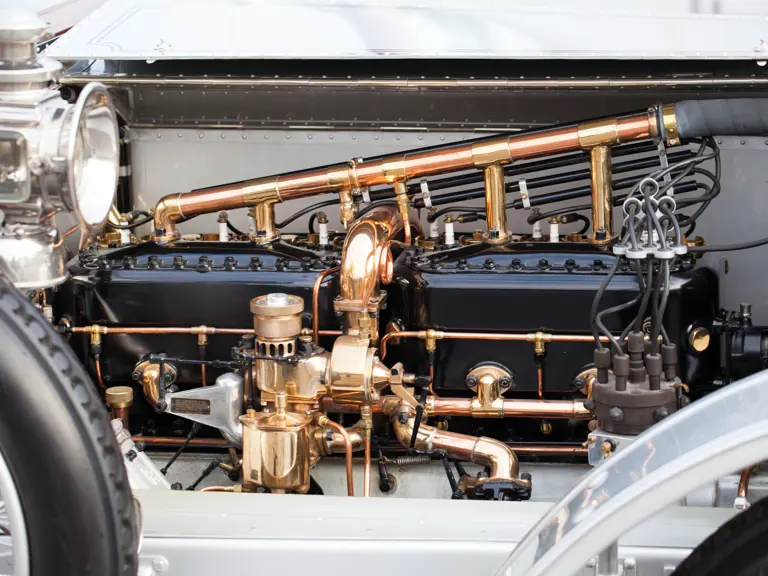
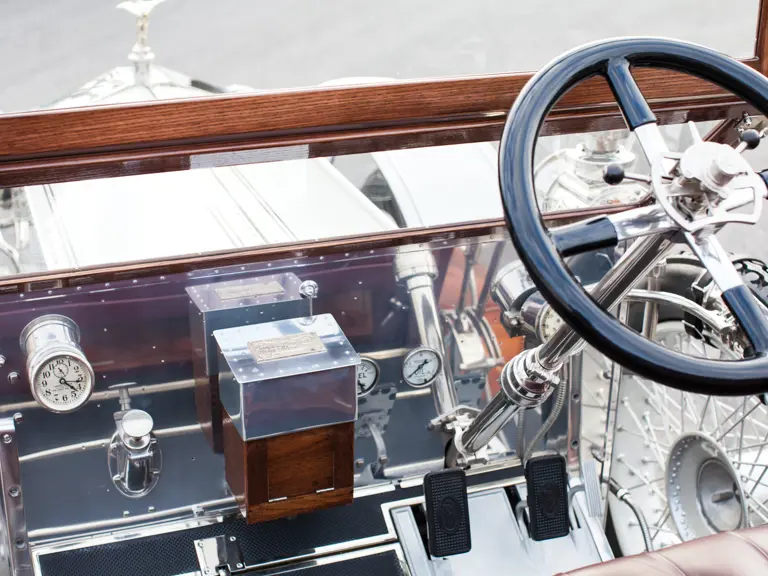
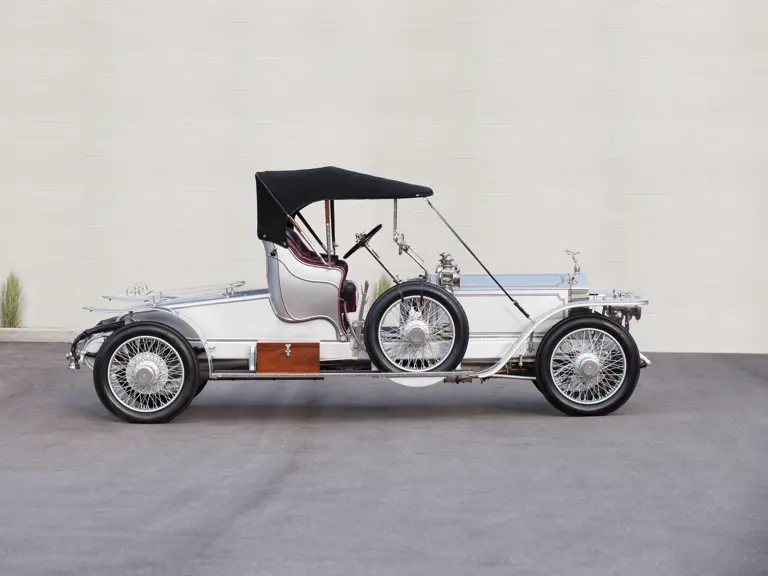
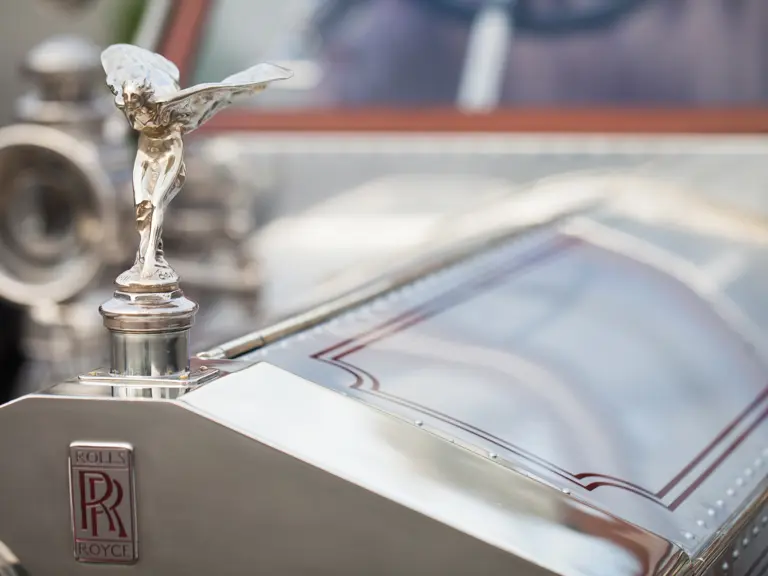

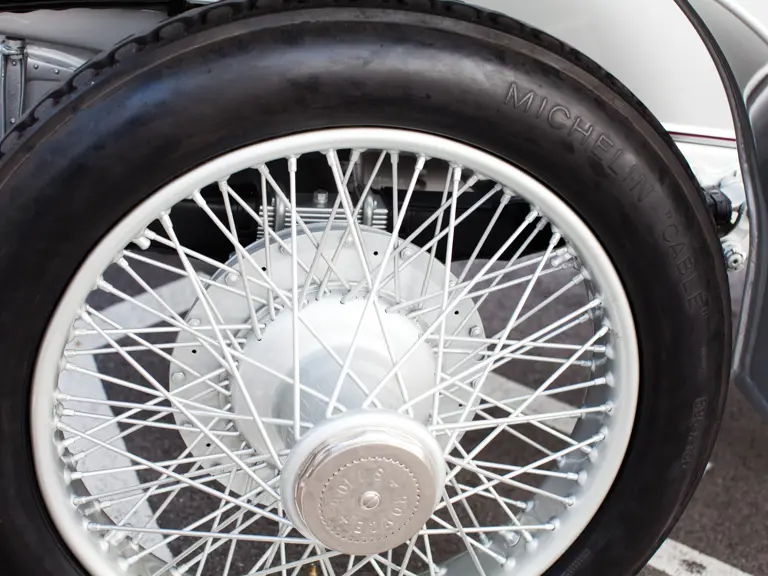
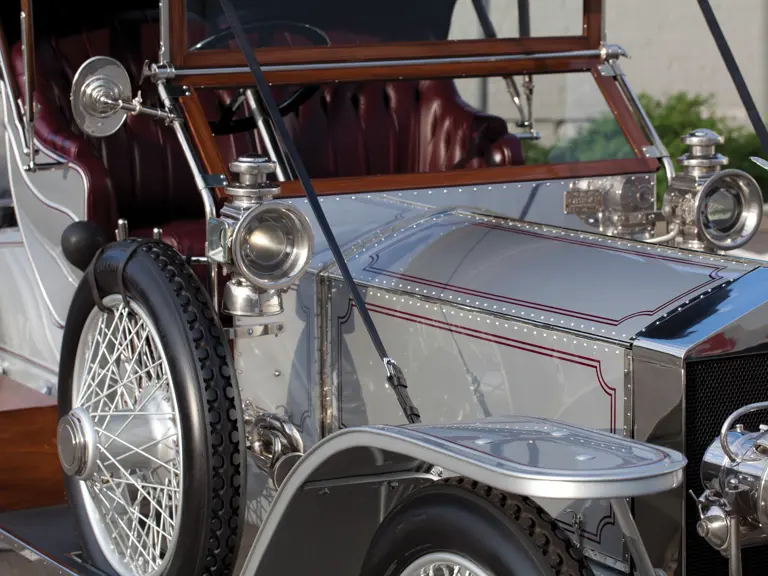
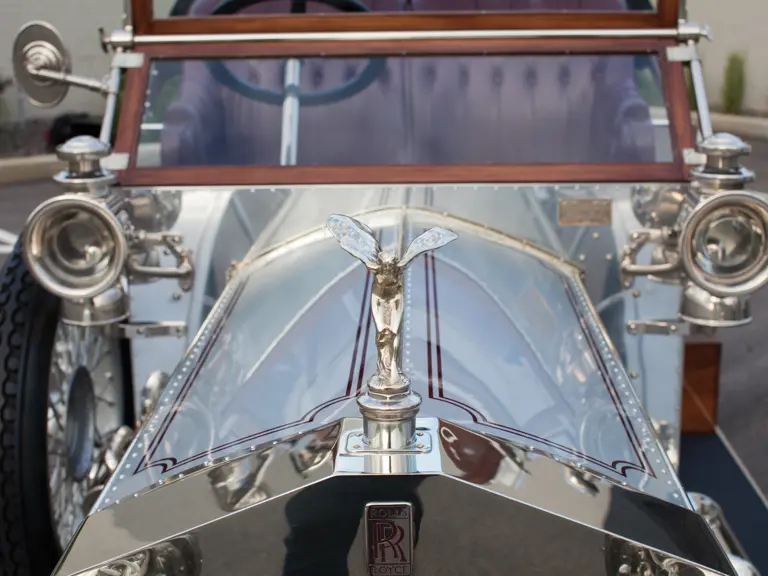
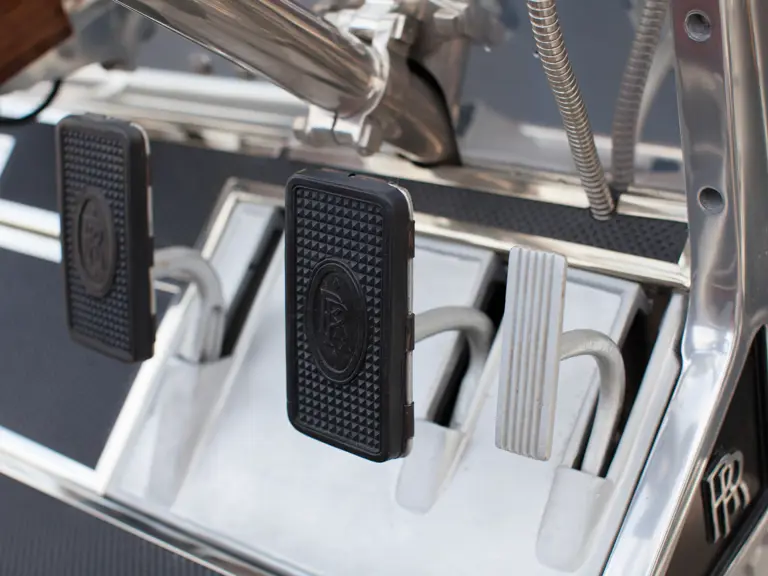

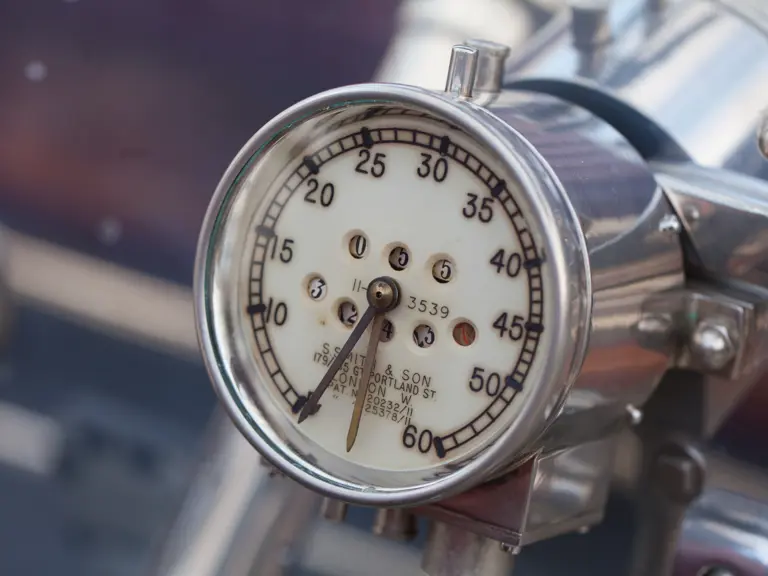
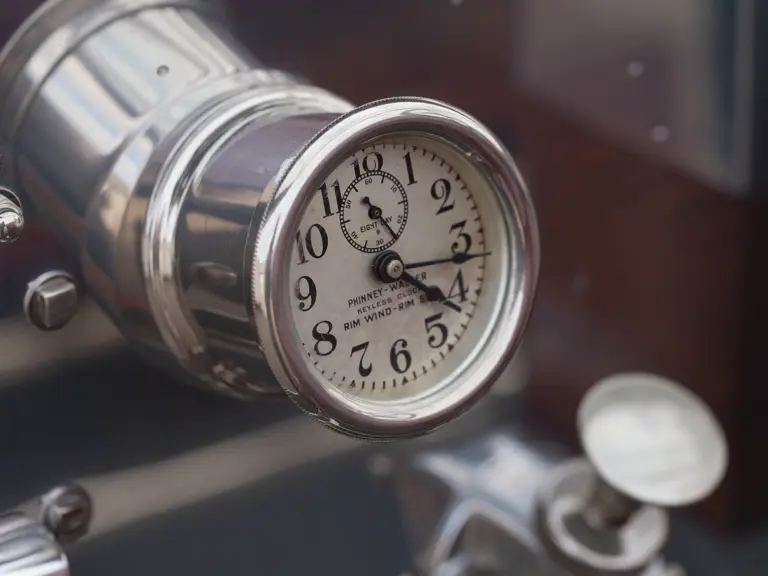

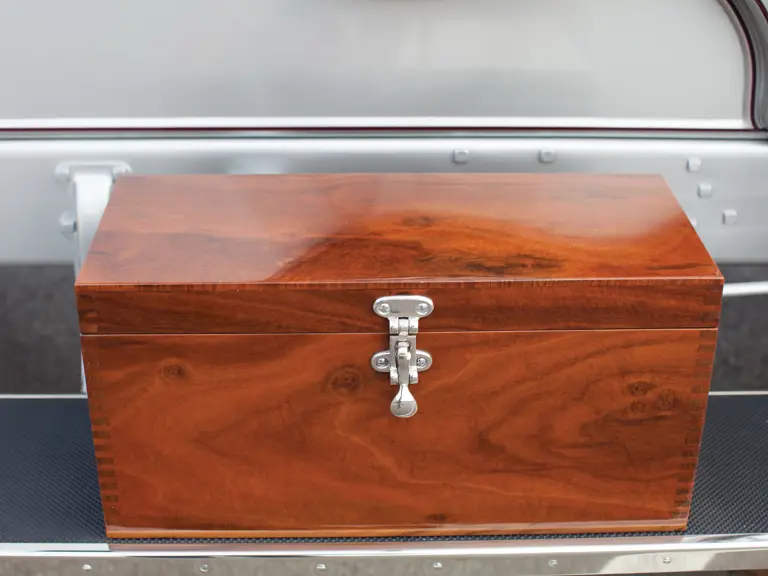
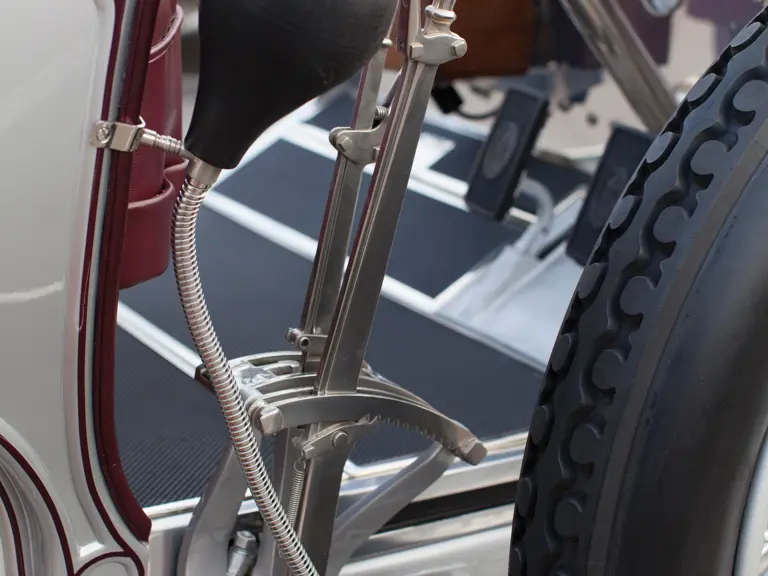
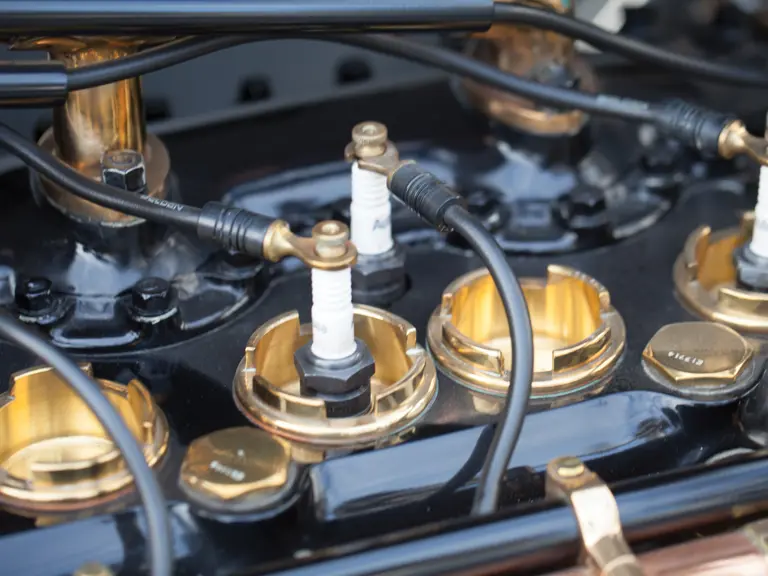

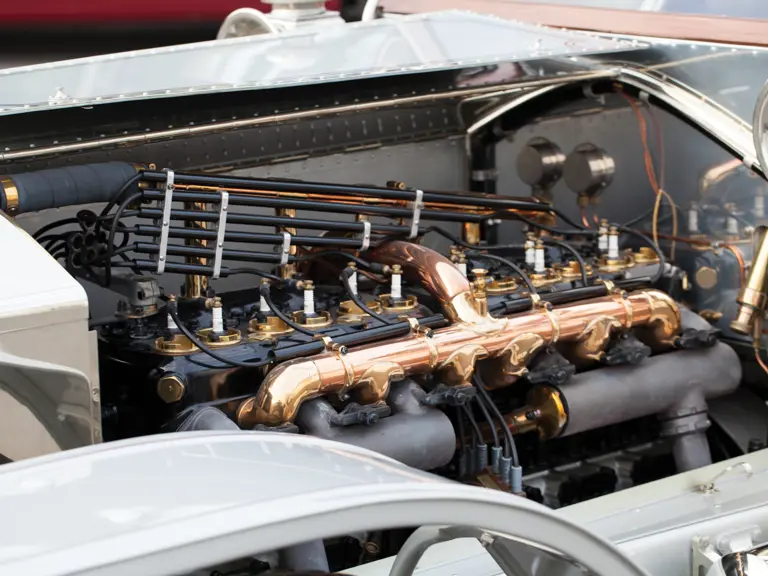
 | Monterey, California
| Monterey, California
